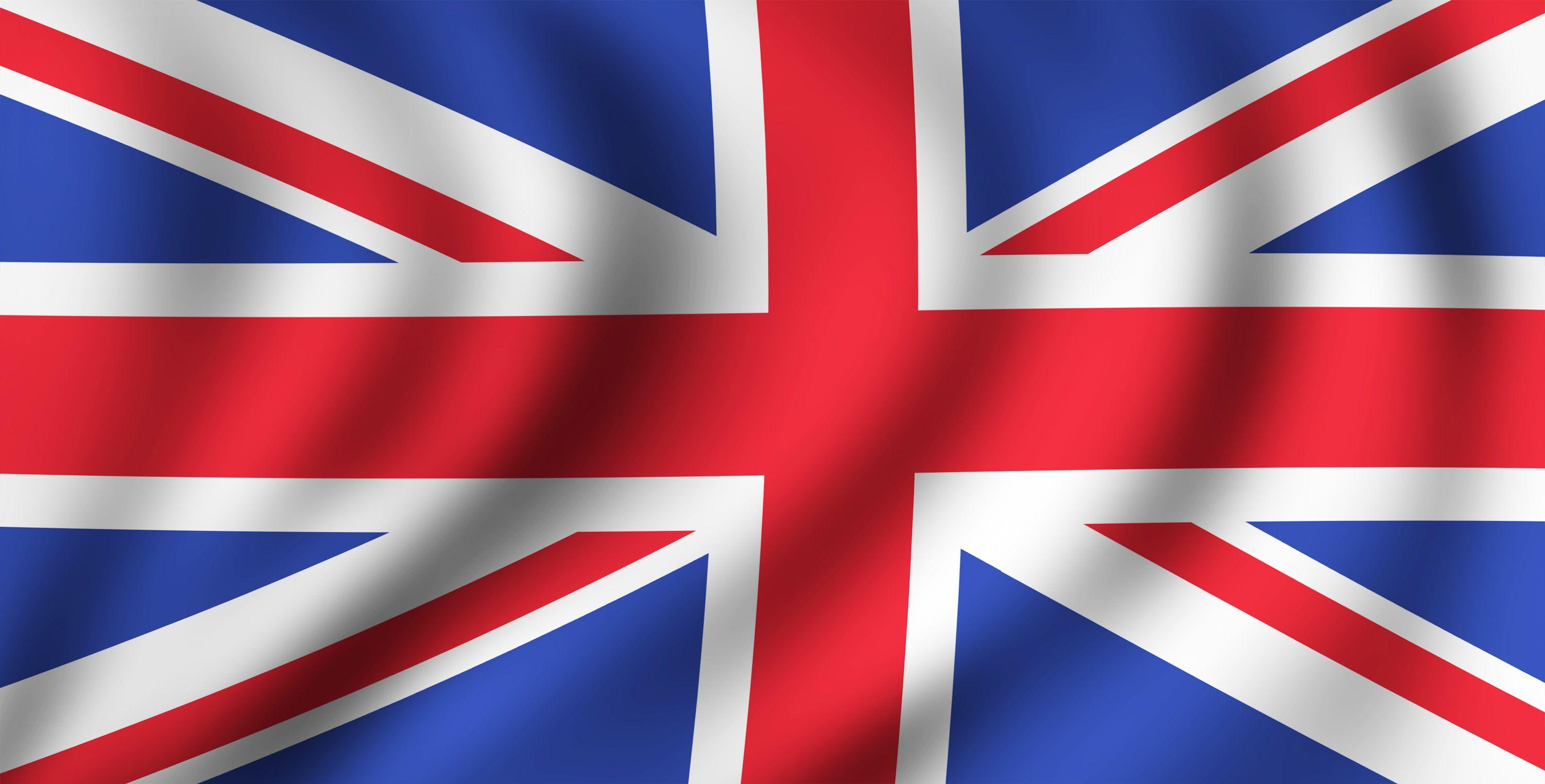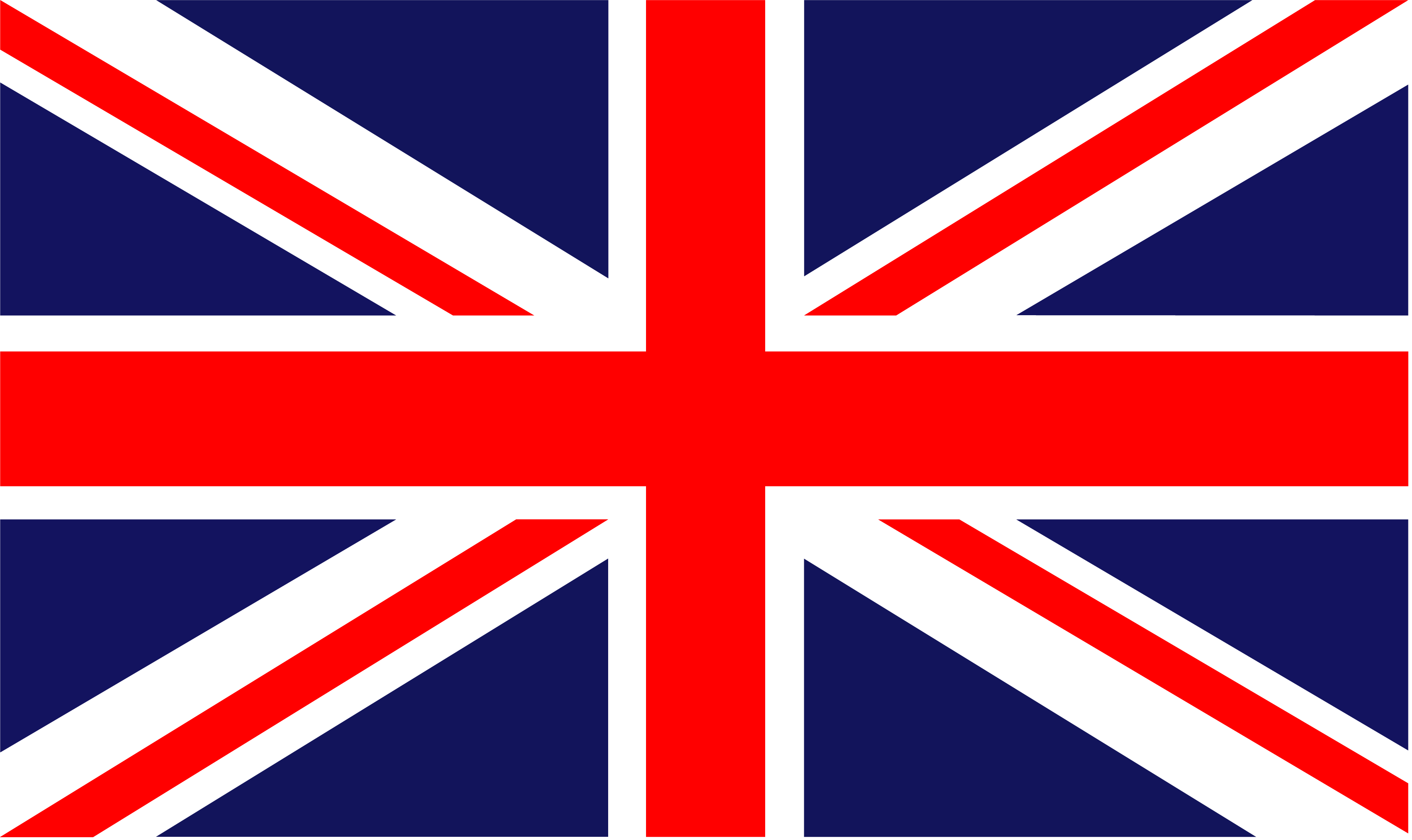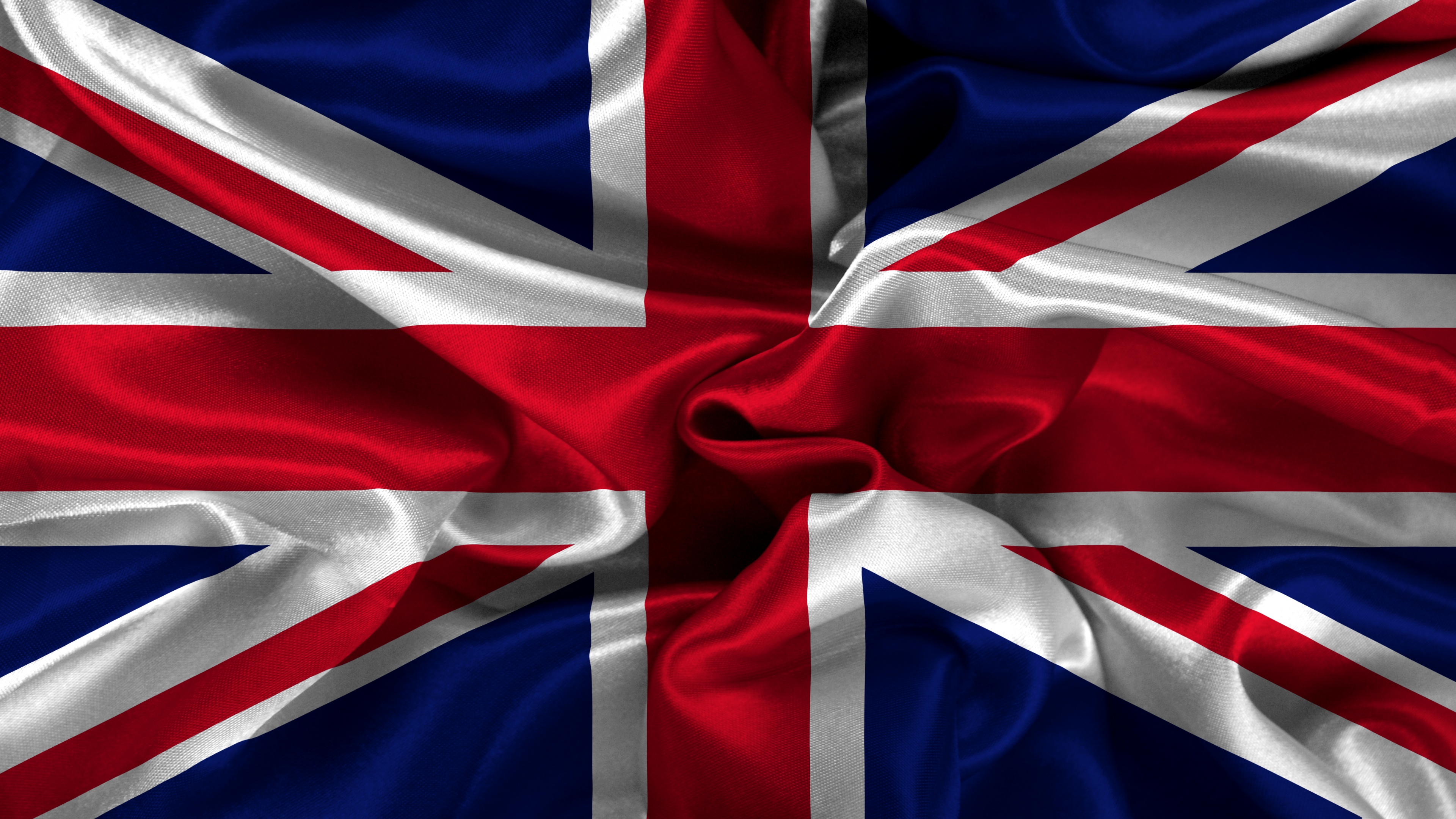The national flag of the United Kingdom, quite often known as the Union Jack or sometimes just the Union Flag, is a symbol that many people across the globe can readily identify. It is a striking display of red, white, and blue, bringing together symbols from different parts of the United Kingdom into one collective banner. This flag, in a way, tells a story about the coming together of various historical elements that shape the identity of a nation.
You see, this particular flag is not just a simple piece of cloth with some colors on it; it is, in fact, a blend of several older banners, each representing a distinct part of the British Isles. It has a degree of status in certain countries that are part of the Commonwealth, such as Canada, where it holds a recognized position. Its familiar appearance is something that has become a truly global presence, making it one of the most widely recognized national flags anywhere.
This design, as a matter of fact, has remained pretty much the same for quite some time now, holding its current form since a significant event known as the Act of Union in 1800. It is a visual representation of how different parts of the nation came together, quite literally made from the flags of the kingdoms of England, Scotland, and Ireland. The symbolism of the flag, then, is tied directly to this coming together, reflecting a shared past and a collective identity.
Table of Contents
- What Makes Up the British Flag?
- How Did the British Flag Come to Be?
- What's in a Name - The British Flag?
- Beyond the UK - Where Else Can You See the British Flag?
What Makes Up the British Flag?
So, when you look at the British flag, what exactly are you seeing? It is a fascinating combination of distinct crosses, each one representing a different historical region. The colors you notice are, of course, red, white, and blue, which give it its characteristic appearance. This flag, as people often say, is a composite banner, meaning it is built from several pieces that fit together to make a whole picture. You might say it is a visual representation of unity, put together with specific historical symbols.
One of the most noticeable parts of the design is the red cross of Saint George. This particular cross, a straight red line going both ways across the white background, is traditionally linked with England. What some people might not realize is that this cross also carries a connection to Wales, making it a symbol that covers more than just one part of the island. It is, in a way, the central feature, laid right on top of other elements, giving it a very prominent spot on the overall design. This cross, you know, is quite simple in its shape, yet it holds a lot of meaning for a significant portion of the United Kingdom.
Then, there is the saltire of Saint Patrick. This is another cross, but instead of being straight, it is diagonal, running from corner to corner. This red diagonal cross is associated with Ireland, representing that part of the union. It is placed in a way that it combines with the other crosses, forming a layered look. The saltire of Saint Patrick, you see, adds another layer of history and identity to the flag's overall appearance. It is a distinct shape that, when put together with the other elements, helps to create the full picture of the British flag.
And, of course, we cannot forget the saltire of Saint Andrew. This is another diagonal cross, but this one is white, placed on a blue background. This symbol is for Scotland. The British flag, therefore, brings together the cross of Saint George, the cross of Saint Patrick, and the saltire of Saint Andrew. Each of these components, in fact, has its own background, but when they are all combined, they form the widely recognized national flag of the United Kingdom. It is, in some respects, a visual record of how different parts of the nation came to share a single banner, each contributing a piece of its own identity to the collective whole.
The British Flag's Colorful Components
The visual make-up of the British flag is, in fact, quite specific, featuring a particular arrangement of shapes and hues. We have the red cross of Saint George, which is edged in white. This white border helps to make the red cross stand out against the other elements. It is, basically, a very clear division that helps define the shape of the cross itself. This design choice, you know, is not just for looks; it helps each component to be seen distinctly, even when they are placed one on top of the other.
On top of this, or rather, underneath and around it, you find the saltire of Saint Patrick, which is also red. This diagonal red cross is laid over the white saltire of Saint Andrew, which is the Scottish contribution. The way these crosses are put together creates a sense of depth and layering. It is a clever design, really, that manages to combine three distinct symbols into one coherent image. The red, white, and blue colors are, therefore, not just random choices; they are the colors that belong to these individual historical symbols, brought together into a single, unified banner that is the British flag.
The design, as it stands, has been the same since the Act of Union in 1800, which means it has a long and consistent history. It is a flag that is made from the banners of the kingdoms of England, Scotland, and Ireland. So, when you observe the British flag, you are seeing a direct representation of these three parts, blended into one national symbol. The overall effect is one of a single, powerful image that, you know, speaks to the collective identity of the United Kingdom, with each color and shape playing its part in the whole visual story.
How Did the British Flag Come to Be?
The story of how the British flag came to be the way it is now is, in some ways, a story of political and historical coming together. It did not just appear overnight; its present form is a result of a significant historical event. The flag, as we know it today, has had the same design since the Act of Union in 1800. This particular act was a very important moment in the history of the United Kingdom, as it brought together different parts of the nation under one government. So, the flag’s design reflects this moment of unification, you see, a visual representation of a political decision.
Before this Act of Union, the different parts of what would become the United Kingdom had their own distinct flags. The flag, as it is made now, actually combines these earlier banners. It is literally put together from the flags of the kingdoms of England, Scotland, and Ireland. This means that each part of the design has a history of its own, representing a separate identity that was then joined with others. It is, in a way, a testament to how different parts can come together to form a greater whole, with their individual symbols becoming part of a shared national emblem.
The symbolism of the flag, then, is tied directly to this historical process of unification. It shows how the cross of Saint George, representing England and Wales, was brought together with the saltire of Saint Andrew, for Scotland, and the saltire of Saint Patrick, for Ireland. These symbols were not just thrown together randomly; they were carefully arranged to create a single, recognizable national flag. This process, you know, of blending these symbols, speaks to the deeper meaning of the flag as a representation of a united nation, even though each part still retains its own historical identity.
The British Flag's Historical Roots
Looking back at the historical roots of the British flag, it is clear that its development was a gradual process, reflecting the political changes over time. The flag, as it stands now, has been consistent in its look since the Act of Union of 1800. This act, in fact, was a pivotal moment, shaping the political landscape and, consequently, the national symbols. The flag itself, you see, is a direct visual outcome of this historical coming together, a physical representation of a unified political entity.
It is worth noting that the flag is made from the banners of the kingdoms of England, Scotland, and Ireland. This means that each element within the flag has a lineage that goes back to these separate kingdoms. The cross of Saint George, for instance, has a very long history as the emblem of England. The saltire of Saint Andrew has been the symbol of Scotland for centuries. And the saltire of Saint Patrick, too, represents Ireland. The British flag, therefore, is not a brand-new invention but a careful blending of existing historical symbols, a visual summary of centuries of history. It is, in a way, a living piece of history, always present.
The way these symbols were combined speaks volumes about the historical relationships between these parts of the United Kingdom. The red cross of Saint George, with its white border, is superimposed on the saltire of Saint Patrick. And both of these are set against the blue background of the saltire of Saint Andrew. This layering, you know, is not just a design choice; it is a way of showing how different identities have been brought together under one banner. The result is a single, powerful symbol that, basically, tells the story of a nation formed from several distinct parts, each contributing its own unique historical emblem to the overall British flag.
What's in a Name - The British Flag?
When people talk about the British flag, you will often hear it called by a couple of different names. It is famously known as the Union Jack, or sometimes simply the Union Flag. These two names are pretty much used interchangeably, though some people have very specific ideas about which one is more correct in certain situations. The national flag of the United Kingdom, it seems, has a bit of a dual identity when it comes to its common name. This is, in a way, part of its charm, that it has more than one way to be referred to by people.
Interestingly, the term "jack" was not always used for the full national flag. Initially, the Union Flag was called a "jack" only when it was a small flag, typically flown on the bowsprit of a ship. This specific use of the word "jack" for a smaller version of the flag has a history that goes back to the 17th century in British use. It was, in fact, a small-sized "union flag" of that period. This small version, the "union jack," has also been, since 1707, a part of naval tradition, often inserted into the design of other flags. So, the name "Union Jack" has roots in maritime practice, which is, you know, a pretty cool bit of history for a flag.
The flag of the United Kingdom, whether you call it the Union Jack or the Union Flag, is one of the most recognizable national flags in the world. Its distinct red, white, and blue colors, along with the combined crosses, make it very easy to spot. This widespread recognition means that when people see this flag, they generally know what it represents, even if they are not from the United Kingdom. It is, basically, a symbol that has traveled far and wide, becoming a familiar sight in many different places, quite literally a global icon that people can instantly identify.
The British Flag - Union Jack or Union Flag?
The discussion about whether to call it the Union Jack or the Union Flag is, in some ways, a minor point of interest for those who care about such things. Both terms are widely accepted and used to refer to the national flag of the United Kingdom. The flag, as people often say, is simply "the Union Jack" or "the Union Flag." It seems that for most people, the distinction is not really a big deal. It is, in fact, the same recognizable banner, regardless of the name you choose to use for it. This flexibility in naming, you know, is just part of how language works.
As mentioned, the term "jack" originally referred to a smaller flag, specifically one flown on ships. This historical usage has, over time, broadened to become a common name for the national flag itself. So, when someone refers to the "Union Jack," they are almost certainly talking about the full-sized national flag you see everywhere, not just a small naval banner. This evolution of language is, basically, a natural thing, where a specific term becomes a general one over time. It is a testament to how popular the flag is that its informal name has become so widely adopted, making the British flag a very familiar sight and concept.
The flag's appearance, with its red, white, and blue colors and its combination of crosses, is what truly defines it, more so than its name. It features the cross of Saint George, the cross of Saint Patrick, and the saltire of Saint Andrew, all blended together. This visual identity is what makes it so distinctive and easy to recognize around the globe. Whether you prefer to call it the Union Jack or the Union Flag, its visual impact and what it represents remain the same. It is, quite simply, a powerful symbol of the United Kingdom, a banner that, you know, holds a great deal of meaning for many people, both within the nation and far beyond its shores.
Beyond the UK - Where Else Can You See the British Flag?
It is interesting to consider that the British flag is not only seen within the borders of the United Kingdom. This flag, in fact, holds a degree of status in some of the Commonwealth countries. For example, in places like Canada, you can find the Union Flag, or elements of it, present in various official capacities. This presence in other nations speaks to a shared history and continuing connections between the United Kingdom and these countries. It is, in a way, a visual reminder of past ties and ongoing relationships, a symbol that extends its reach far beyond its home territory.
This presence in Commonwealth countries means that the flag has a broader international recognition than just as the national symbol of the UK. It might be incorporated into the design of other flags, or flown alongside national flags on special occasions. This practice shows how deeply rooted the historical connections are, and how symbols can endure and adapt over time. It is, basically, a testament to the lasting influence of the United Kingdom's history on various parts of the world. The British flag, therefore, is not just a domestic symbol; it is, in some respects, a symbol with a global footprint, appearing in many different contexts.
The very word "British" itself refers geographically to the whole of the island on which England, Wales, and Scotland lie. By extension, when the United Kingdom held a wider influence, this flag, too, was seen in many places. So, its appearance in Commonwealth nations is a continuation of this historical spread. It is a reminder that the flag represents a broader historical and geographical concept than just the current political entity of the United Kingdom. This widespread recognition and occasional official status in other countries highlight the flag's enduring significance as a symbol that, you know, carries a lot of history and shared experience.
The British Flag's Presence Abroad
The British flag's appearance in places outside the United Kingdom is a clear indication of its historical reach and continued relevance in certain parts of the world. It is not uncommon to see this flag, or parts of its design, in countries that have historical ties to the United Kingdom, particularly within the Commonwealth. This shows that the flag is, in fact, more than just a domestic symbol; it is a sign of shared heritage and ongoing connections that extend across continents. It is, in a way, a visual bridge between different nations, linking them through a common historical thread.
For instance, in Canada, the Union Flag holds a specific degree of status, which means it is recognized and used in certain official capacities. This is just one example of how the British flag has a presence abroad, signifying its role in the historical development of these nations. The flag's design, with its blend of crosses, has, in fact, been a source of inspiration for other flags, or directly incorporated into them. This influence is, basically, a reflection of the historical relationships that have shaped the global landscape, making the British flag a truly international symbol in its own right.
The fact that the British flag is so widely recognizable around the world speaks to its enduring power as a symbol. It is a composite flag, made up of the crosses of Saint George, Saint Patrick, and Saint Andrew, and these elements have traveled far beyond the shores of the United Kingdom. Its red, white, and blue colors are familiar to many eyes, making it one of the most identifiable national flags anywhere. This widespread familiarity and its continued presence in other nations underscore the flag's deep historical roots and its lasting impact on the world, a banner that, you know, tells a very long and interesting story without saying a single word.
- Desi Arnaz Jr
- Hells Paradise Season 2
- Enrica Cenzatti
- Jeremy Camp
- Cast Of The Secret Lives Of Mormon Wives


